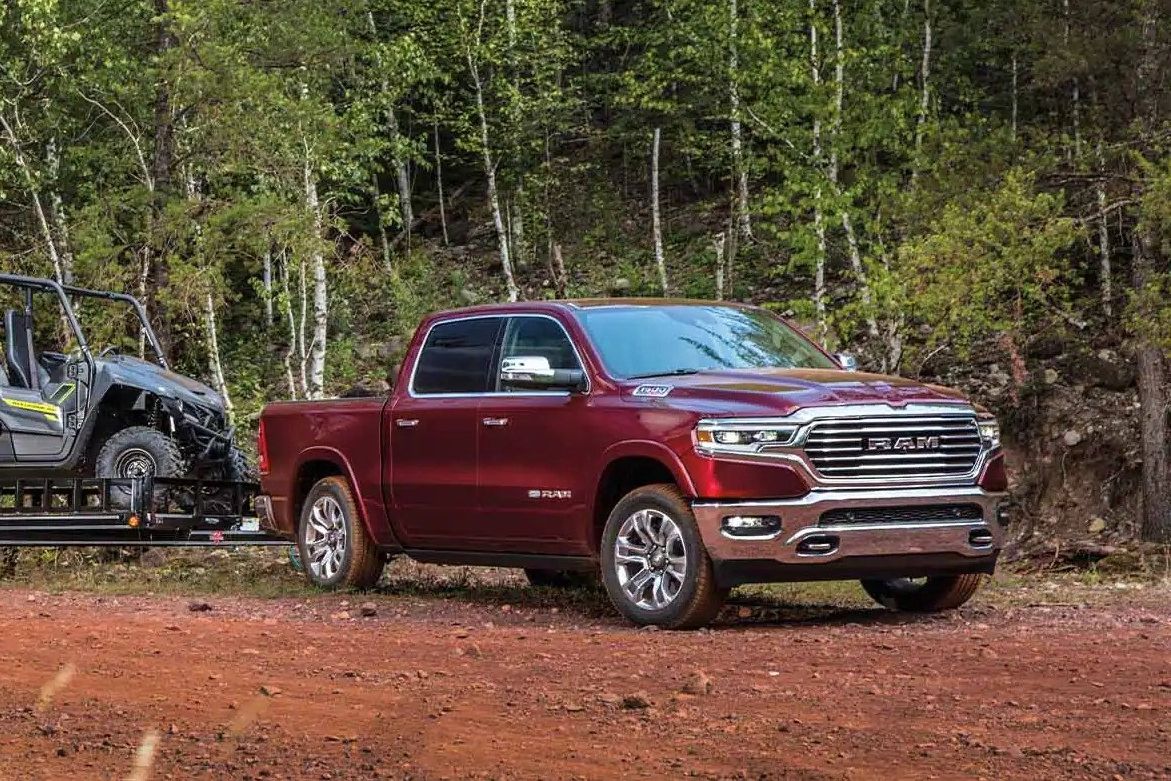
Even before the deal between Fiat Chrysler and Renault fell through, FCA's destiny has been shrouded in precarity. Armed with debt and lagging behind the competition in the development of future automotive technologies, the more cynical have tended to claim that the Italian-American automaker is due to receive a rude in the form of bankruptcy or an acquisition sooner rather than later.
Even FCA's past CEO, Sergio Marchionne, had restructured the company so that it was generating maximum revenue from its core brands and not spending unnecessary cash on the outliers. Marchionne had taken the step of placing focus on Jeep, Ram, Alfa Romeo, and Maserati, its major cash-generating players, while Fiat, Dodge, Chrysler, and SRT were left to soak up what remained by centering on niche customers. In order to tell more about how FCA plans to keep itself relevant, the leader of the latter four marquees, as well as Alfa Romeo's global boss, Tim Kuniskis, recently sat down with Automobile to discuss each brand's future.
Suffice it to say, Dodge and Chrysler, two of FCA's most storied American brands, have similar plans for the future. While Dodge only has 3% of the US market share and a portfolio of aged models, it's been very successful at keeping demand up by offering special edition variants, like the Challenger Demon and Charger Hellcat Widebody, and pandering to the retro-loving performance car crowd.
"Love it or hate it, it has an identity that separates it from the pack," Kuniskis said. His comments highlight why for now, Dodge is planning on staying the course and has no proposals to replace or discontinue the Charger or Challenger. At the same time, Chrysler will continue catering to the minivan segment with the Pacifica and upcoming Voyager, the latter of which is really just a lower-trimmed Pacifica.
Even though the market for minivans is falling, the Pacifica dominates the minivan segment despite the fact Dodge still sells the Grand Caravan and will continue to sell it as long as there is demand. The only Chrysler to get the ax in the foreseeable future will be the 300.
And like the 300, Fiat's fate in America is all but certain. FCA had big plans for the small car brand when it came back to the USA, but its return came at the wrong time when SUV sales were starting to take off again and when consumers were turning away from cars the size of the 500. For now, Fiat is doing the best it can to get more exposure by allowing dealers to sell its models in the same showroom as other brands.
Despite having an SUV already on sale and another in the pipeline, Alfa Romeo has also been struggling in the US. One reason for that, claims Kuniskis, is the need for more dealerships since half of online searches for the brand originate from locations over 50 miles away from the closest Alfa Romeo dealership. Still, Kuniskis doesn't see the brand expanding its dealership network anytime soon and will have to rely on the Tonale to drum up more excitement.
That leaves us, of course, with SRT, FCA's performance outfit that works with three of the automaker's brands: Dodge, Jeep, and Ram. In order to spur more growth, SRT will focus its energy on the still-hot truck market. That could mean the launch of the Hellcat-powered Ram Rebel TRX, which would directly challenge the Ford F-150 Raptor. Despite recent sightings of an alleged Rebel TRX test truck, we'll keep our hopes down until Ram and SRT actually make an official announcement.
